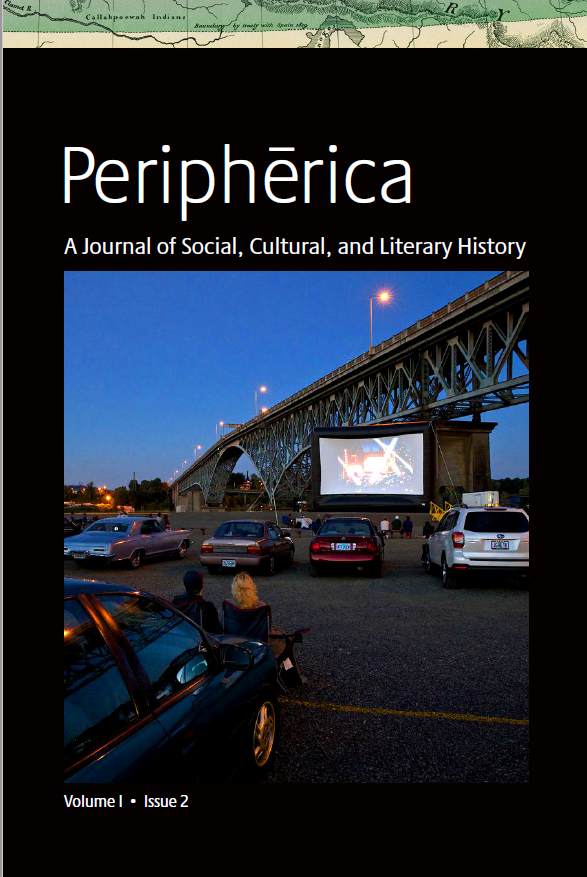<i>Mirant al cel</i> (Eyes on the Sky): The (Im)possible Expiation of the Spectral Other
DOI:
https://doi.org/10.5399/uo/peripherica.1.2.3Abstract
This article analyzes the contribution of the new Catalan documentary in the current process of reclaiming the collective historical memory repressed by Francoism and by the Silence Deal established during the political transition to democracy after Franco’s death. This analysis will consider some films that use the family metaphor as a national allegory to represent the plight of the Catalan nation. The main thesis of this study is to underline the need for reparation regarding the crimes committed by Francoism during and after the Spanish Civil War and the fact that such a reparation has not taken place neither in fiction nor in historical terms. This essay relies on the post-Derridian concept of “hauntology” as a theoretical framework to study the spectral textual encounters that mark the symptoms of an uninterrupted mourning process that appeals to the historical memory in search of dignity and closure. Methodologically, this study offers a close textual reading of Jesús Garay’s film Mirant al cel (Eyes on the Sky 2008) as a perfect case study where the spectral conflict between victims and victimizers is acted out in the context of Barcelona and Catalonia and the series of urban mass bombings carried out by the Italian Royal Legion under the direct supervision of Il Duce, Mussolini. Garay’s film special relevance lies in the fact of its being one of the few documentaries that revisits those three dramatic days in March 1938 that became a tragic rehearsal of the massive urban aerial raids of the Second World War.Downloads
Published
2020-11-02
How to Cite
Martí-Olivella, J. (2020). <i>Mirant al cel</i> (Eyes on the Sky): The (Im)possible Expiation of the Spectral Other. Periphērica: Journal of Social, Cultural, and Literary History, 1(2), 21–41. https://doi.org/10.5399/uo/peripherica.1.2.3
Issue
Section
Dossier Image and Storytelling: New Approaches to Hispanic Cinema and Literature



